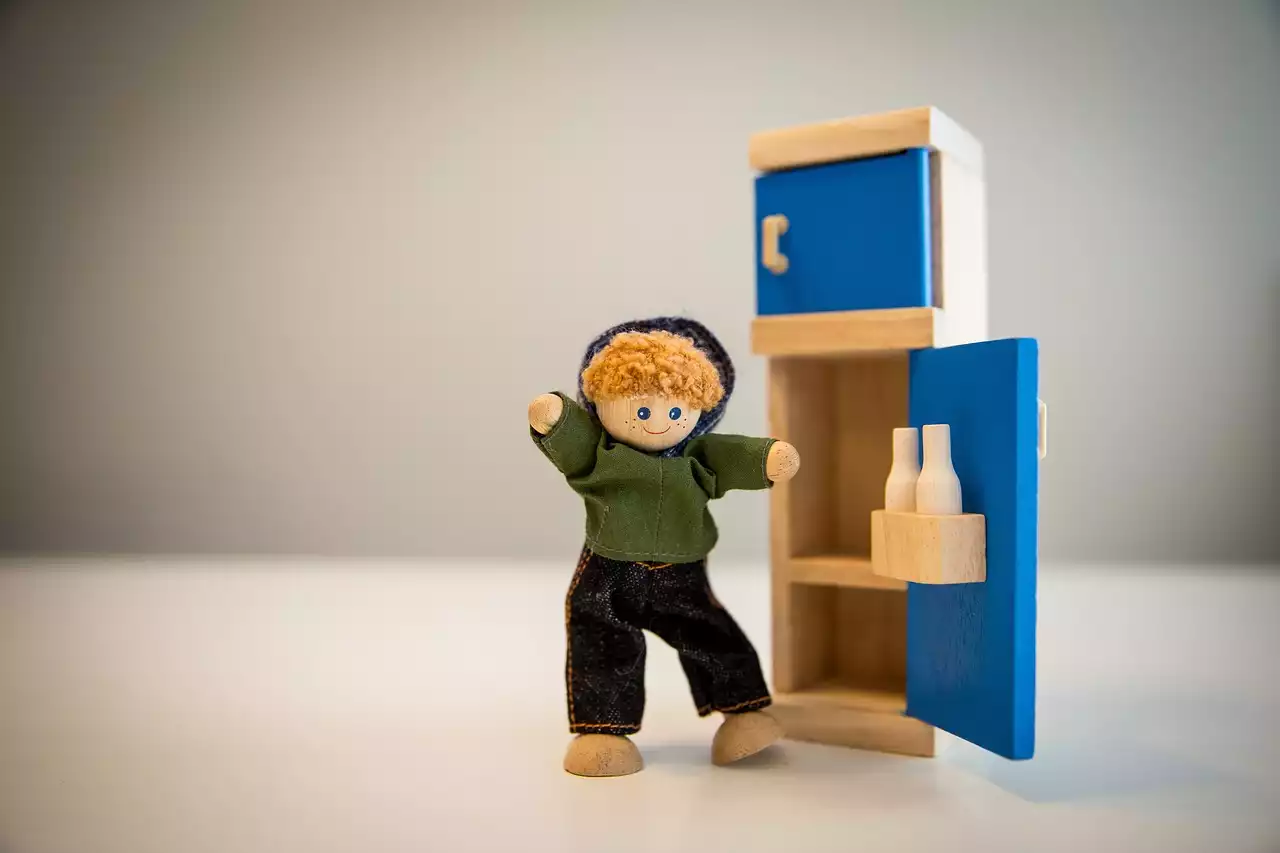What is Autism?
Autism is a developmental disorder that affects a person’s ability to socially interact, communicate, and use imagination. Autism is not a disease, but a spectrum disorder that is usually diagnosed between the ages of two and five. Autism can affect children of any race, gender, or socio-economic background, and it is four times more common in boys than girls. It’s estimated that approximately 1 in 68 children in the United States are diagnosed with autism. There are a number of signs that may indicate your child may have autism. Early signs can include not cuddling or loving to be held, not enjoying being cuddled, not smiling or not making eye contact with people, having an unusual reaction to a loud noise, and not responding to their name. As your child grows, they may have a difficult time making friends, communicating, and understanding others' feelings. They also may have a hard time communicating their own thoughts and feelings, and may repeat certain behaviors, such as rocking or spinning objects. There are a variety of other associated symptoms of autism.
Symptoms of Autism
Children who are diagnosed with mild to moderate autism may exhibit the following signs: Not responding to their own name, not pointing to what they want or showing interest in other people, avoiding eye contact and holding or playing with objects in a repetitive way. Children diagnosed with severe autism may exhibit the following signs: Not speaking, not pointing, not playing with toys, or having very limited interests.
Causes of Autism
The exact cause of autism is unknown, but researchers believe it may be linked with genetic or environmental factors. The signs of autism usually appear before the age of 3, although symptoms may not be recognized until later. As a parent, you may notice certain signs that your child may have developmental delays, such as not babbling or saying single words by the time they are 16 months old. If you notice these signs in your child, talk with your doctor about getting your child screened for possible developmental delays, as well as other disorders. Some environmental factors that may increase the risk of autism include certain infections during pregnancy and exposure to toxins, including chemicals and heavy metals. While there is no reliable way to prevent autism, you can take steps to minimize risk factors, such as avoiding exposure to infections during pregnancy and reducing sources of toxins in your child’s environment.
Diagnosing Autism in Children
If you believe that your child may be showing symptoms of autism, you can seek help from your child’s doctor or pediatrician. They can talk with you about getting your child screened and evaluated for developmental delays and other disorders. Your doctor may conduct a range of tests, including checking your child’s hearing and vision, screening your child’s language, and observing how your child plays and interacts with others. In addition to these tests, your doctor may refer you to a child psychologist or developmental pediatrician for a more thorough evaluation of your child’s behavior and developmental progress. The evaluation may include standardized developmental tests, as well as questionnaires for you and your partner about your child’s behavior. Your child’s doctor may also suggest certain screenings, such as blood tests, urine tests, and MRI scans, to rule out other health conditions that could be causing your child’s symptoms.
Autism Spectrum Disorder
Autism is a spectrum disorder, meaning that the severity of symptoms and the types of challenges a child faces can vary. Generally, children who are diagnosed with mild to moderate autism will have a normal life expectancy and a good chance of living a successful and fulfilling life. Severe autism, however, can sometimes be life-threatening, as it can impair a child’s ability to eat, drink, and breathe. There is no cure for autism, but children who are diagnosed early and receive early intervention and treatment can improve their ability to learn and communicate with others. Autism treatment and intervention strategies can help children with autism communicate, interact, and participate in everyday activities.
Treatments and Therapies
Because each child with autism is different, there is no one-size-fits-all approach to treatment. However, in general, there are a few things that parents can do at home to support their child with autism. If your child is verbal, encouraging your child to talk about their feelings can be helpful for managing emotions. You can try writing with your child, taking pictures, drawing, and doing mindfulness activities, such as yoga or meditation, to promote emotional awareness. If your child is nonverbal, there are many ways to encourage communication, such as using picture boards or other visual aids. There are also computer programs and apps, such as PECS (Picture Exchange Communication System), that can help children with autism communicate their needs and wants.
Parenting a Child with Autism
As a parent, you may feel overwhelmed by the challenges of raising a child with autism. It is important, however, to remember that you are not alone. There are many support networks available to parents of children with special needs, including online support groups and resources. It is also important to keep in mind that your child can still have a happy and fulfilling life, even with the challenges of autism. This can be achieved through early diagnosis and treatment, as well as a strong support network. Finally, it is important to remember that you are your child’s best advocate. Only you can know what your child needs, so it is important to advocate for your child, and yourself, by speaking up for the services and support that your child needs.
Managing Challenging Behaviors
Depending on the severity of your child’s autism, they may exhibit challenging behaviors from time to time. If your child’s behavior becomes too challenging to manage, there are certain strategies and tools you can try. Social stories are a good way to explain certain situations to your child, such as not touching certain things, or going to the doctor. Visuals and pictures can help your child understand their environment and feel more secure. Wearing a weighted vest can help calm your child and help them focus. Giving your child something to fidget with can help them focus their energy in a positive way.
Supporting your Child’s Development
There are many ways you can support your child’s development, both during childhood and as they grow into adulthood. You can work with your child’s doctor to ensure they are receiving the best care and developmental services. Keep in contact with your child’s teacher – Teachers can be a great resource for parents, as they often provide insight into your child’s development and challenges. Encourage your child to learn new skills – By encouraging your child to learn new skills, such as cooking, reading, or playing an instrument, they can feel more confident in their abilities.










